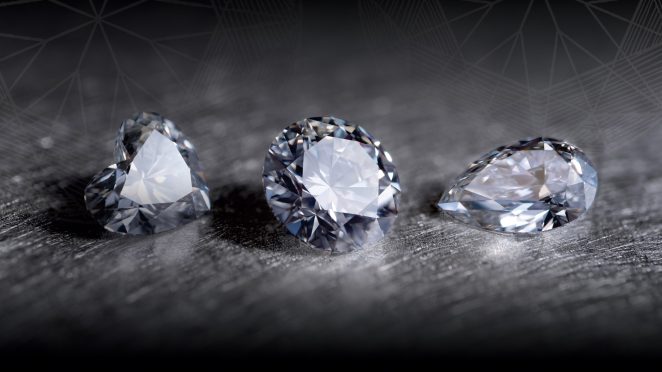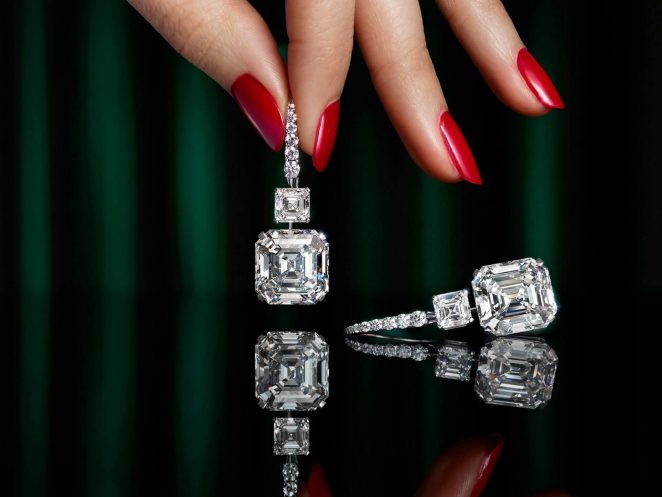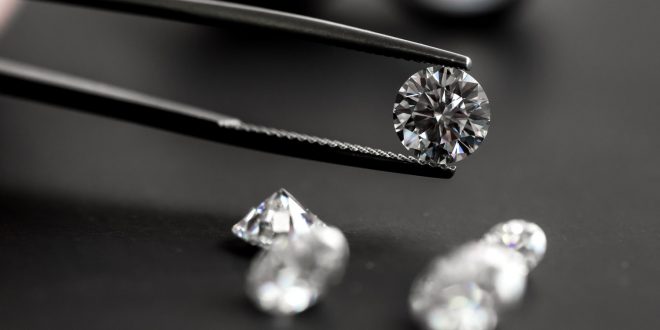Every diamond that has ever been cut requires having certification as proof of its characteristic. This certification is done through independent 3rd party laboratories in which they examine the diamond in all of its characteristics. The most popular and non-bias laboratory for conducting a diamond certification are GIA, AGS, IGI, EGL, GSI, and HRD.
Whenever you’re purchasing a diamond, it’s always advised to check its certification for the color, clarity, length, and width. Experts advise you to leave this to trained professionals with years of diamond-inspecting experience, and lots of trustworthy and reliable tools such as loupes or microscopes.
Since different labs describe diamonds different, it’s important that you purchase your diamond from a reputable grading entity. Grading entities are essentially the labs, and knowing which ones to trust will be your saving grace.
Before we tell you how the process is done, there are a few things you need to know about diamond certification.

Consistency is the biggest factor
Since different labs give out different grading for the same diamond, your best bet is to look for consistency in the reports.
The GIA will grade a diamond differently than what the AGS or EGL would. They will grade the color, clarity, and sometimes even the cut, differently than others. But those grades are only as good as the reputation of the lab. If one lab gives out higher clarity grades than another, that doesn’t make it less authentic or more authentic than the other.
If you think you’ve bought an “H” color diamond, and you’ve been issued a diamond certification for it from the GIA, then don’t get your hopes very high as the diamond might have a yellow tint. This is because they might’ve graded your stone with an “H”, but it’s actually an” I” color and the problem here is that the GIA offered you a weak certificate.
This is why it’s important to look for the things that are constant in two grading entities.
Grading of diamonds is subjective
Since there is no central organizing body that conducts the grading, diamond grading is a very subjective matter. With no central grading body, there is no one that will mathematically define what an “H” color means or what “SI1” clarity looks like.
One lab might constantly handle out “G” grades for color, and another will give out “I” colors for the same colors. In their field of work, this is perfectly fine as long as the grading entities stick to consistency.

How does the whole process go?
Diamond certification is a pretty straightforward process, as much as straightforward is in this area of expertise. In order for you to receive certification, you must pay money. The problem here is that you might pay more than the actual diamond costs. It costs sometimes over $100 to grade a one-carat diamond, and sometimes you pay far more for the certification than what the actual diamond costs. But let’s say you still want to get it certified, what do you do next? Firstly, you will have to send it to a grading entity such as the ones we discussed earlier, and once they do their thing they will send it back to you. They will send the certification along with it, or an explanation as to why your diamond is uncertified. These labs will most likely require you to include the laser imprinted I.D. number of your diamond along with it.
 Vermont Republic Second Vermont Republic
Vermont Republic Second Vermont Republic




